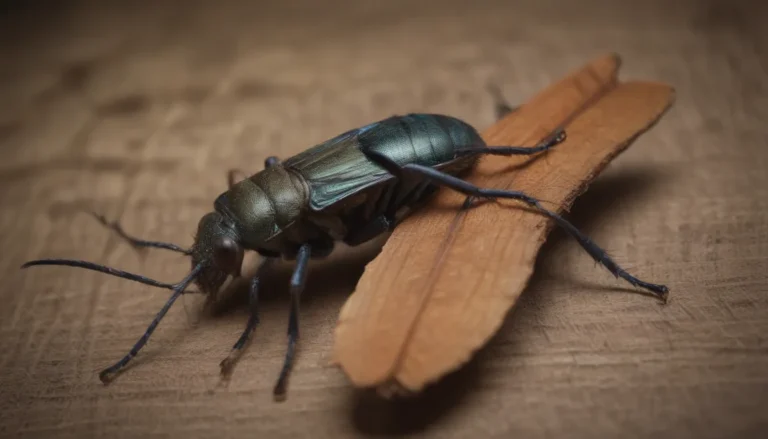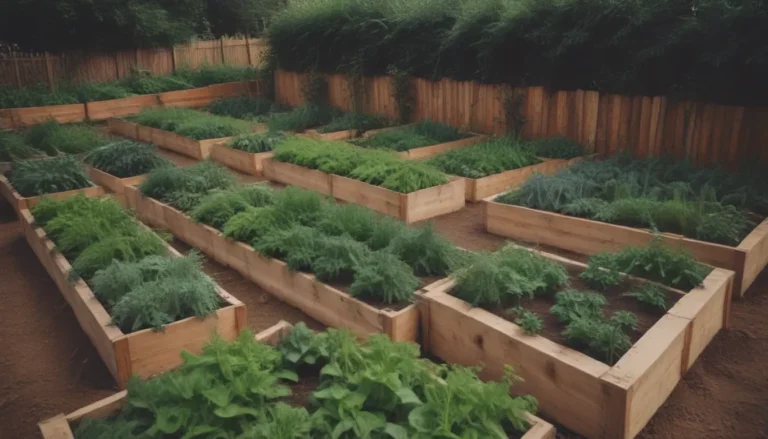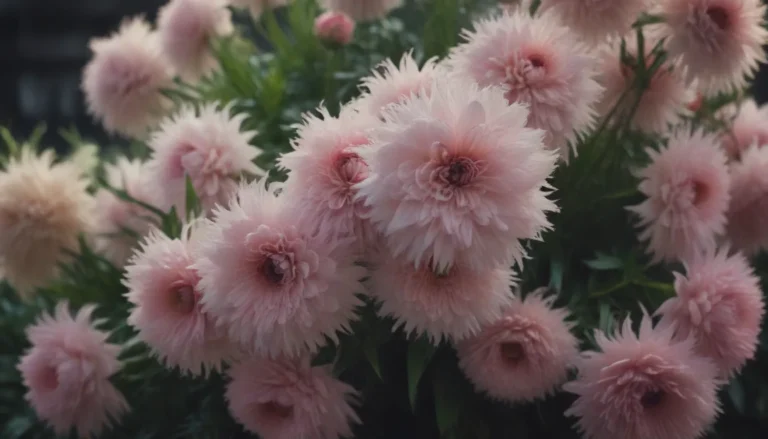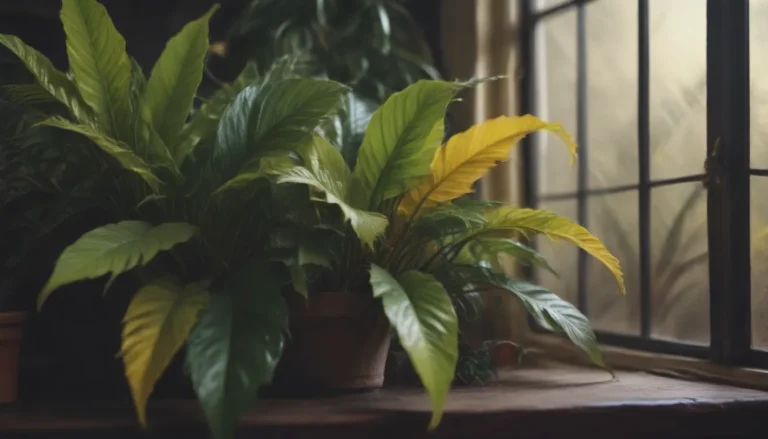How to Successfully Grow Tulips Indoors

Tulips, with their vibrant colors and delicate blooms, are a favorite for many gardeners. While they are typically grown outdoors in gardens, they can also be successfully grown indoors under the right conditions. In this comprehensive guide, we will explore the steps and considerations necessary to grow tulips indoors and enjoy their beauty right in your own home.
Can You Grow Tulips Inside?
Tulips are not traditional houseplants, as they require a lengthy dormant period to bloom annually. However, with some careful planning and attention to detail, it is possible to grow tulips indoors for a stunning display. The key is to select the right tulip varieties for forcing, such as Triumph, Single Early, Double Early, and Darwin Hybrids. These varieties are well-suited for indoor cultivation and will reward you with beautiful blooms.
Benefits of Growing Tulips Indoors
- Allows for a colorful display in small spaces
- Provides the opportunity to enjoy tulips year-round
- Offers a fun and rewarding gardening challenge
How to Grow Tulips Indoors
Sunlight
During the chilling period, potted tulips should be kept in a dark location. After sprouts appear, gradually move the pots into brighter, warmer conditions. Once the plants begin to flower, place them in an area with slightly less intense sunlight to prolong the blooms.
Temperature and Humidity
Temperature control is crucial for indoor tulip cultivation. The bulbs need to undergo a chilling period at 40 to 45 degrees Fahrenheit for 12 to 16 weeks before moving to a warmer location for flowering. Maintain a temperature of around 65 degrees Fahrenheit for blooming tulips.
Watering
Water the bulbs thoroughly after planting and keep the soil moist but not waterlogged. Avoid allowing the bulbs to completely dry out until after the blooms have faded.
Fertilizer
While indoor forced tulips may not require feeding, providing bulb fertilizer can help restore energy to the bulbs for future growth. Consider feeding the plants if you plan to reuse the bulbs in the garden.
Pruning and Maintenance
Allow the foliage to continue growing until it turns yellow and dries up. Once this occurs, dig out the bulbs and store them in a warm, dry location until the next planting season.
Container and Size
Choose a pot with a wide, flat bottom to prevent tipping, and make sure it has drainage holes. A pot that is 6 to 8 inches deep is ideal for growing tulips indoors.
Potting Soil and Drainage
Use ordinary potting soil with good drainage for planting tulip bulbs in containers. Ensure that excess water can easily escape to prevent root rot.
Potting and Repotting Tulips
Position the bulbs with the pointed side up, spacing them no more than 2 inches apart for a stunning display. Cover the bulbs with soil, water thoroughly, and place the pot in a chilled storage area. After blooming, consider reusing the bulbs in the garden for continued enjoyment.
Tips for Successful Indoor Tulip Growth
- Choose the right tulip varieties for indoor forcing
- Provide adequate chilling and warm temperatures for optimal growth
- Water consistently and avoid over-watering
- Consider feeding the bulbs with fertilizer for future blooms
- Allow the foliage to mature before storing the bulbs for the next planting season
By following these steps and tips, you can successfully grow tulips indoors and enjoy their beauty throughout the year. With proper care and attention, your indoor tulips will reward you with vibrant blooms and a touch of springtime no matter the season. Happy gardening!





